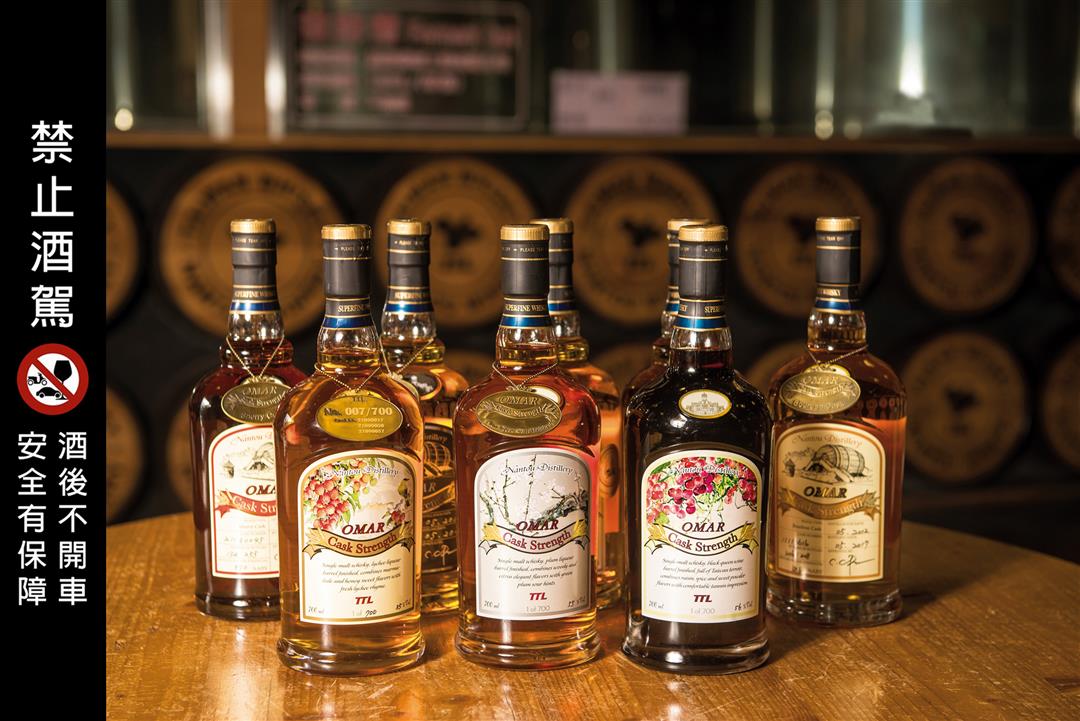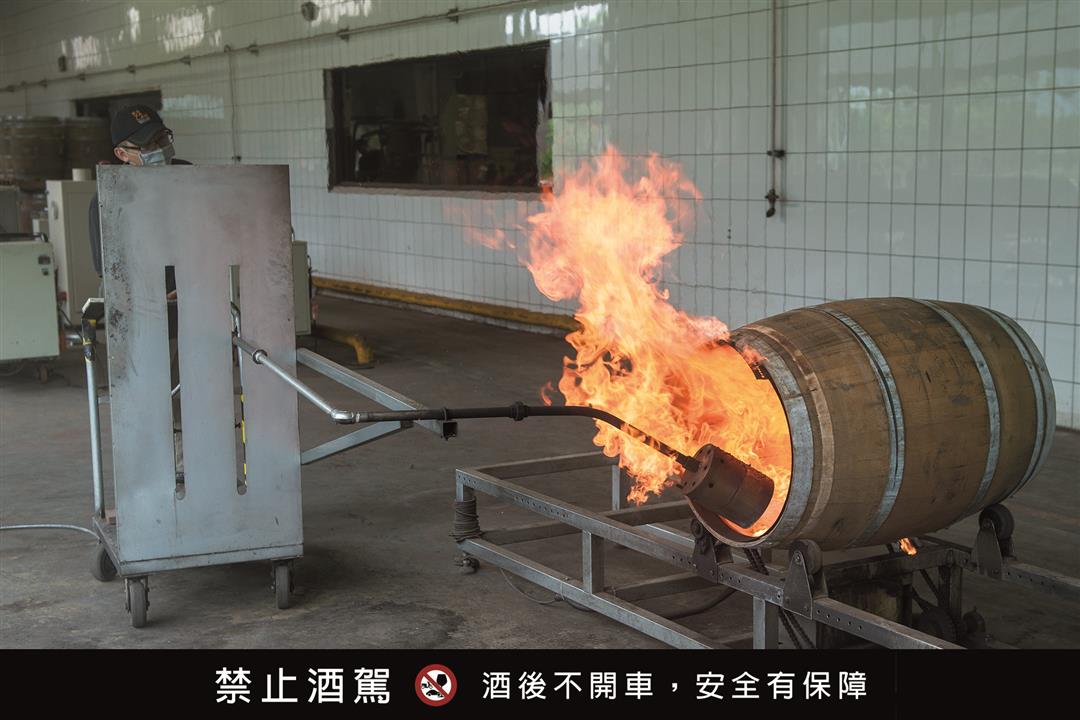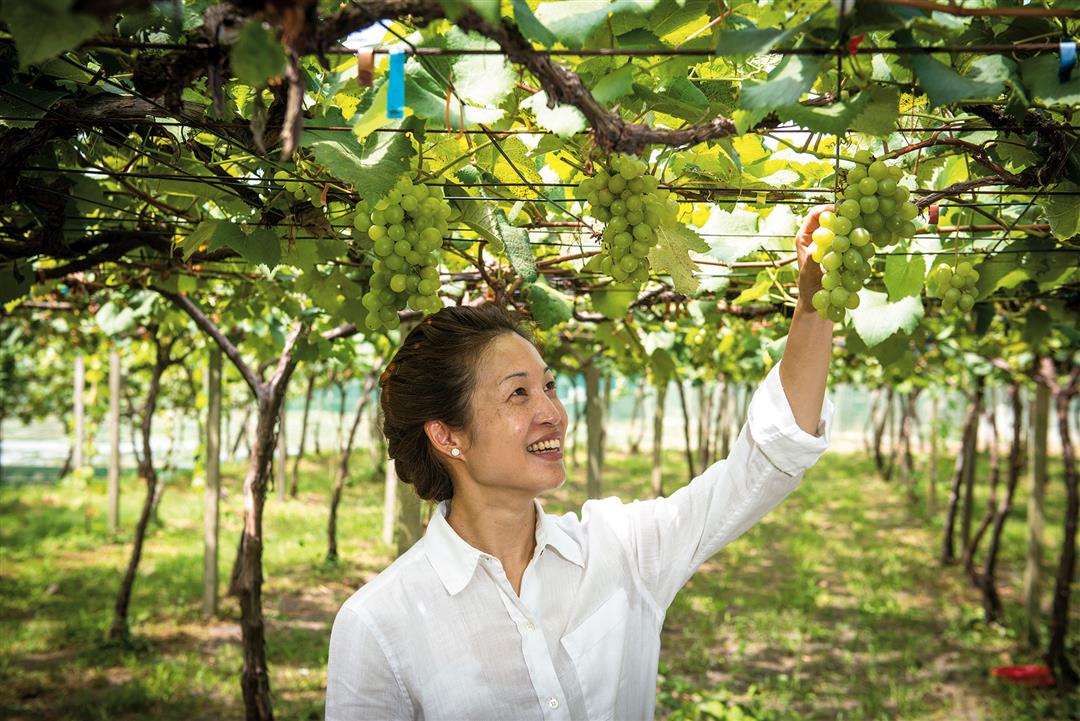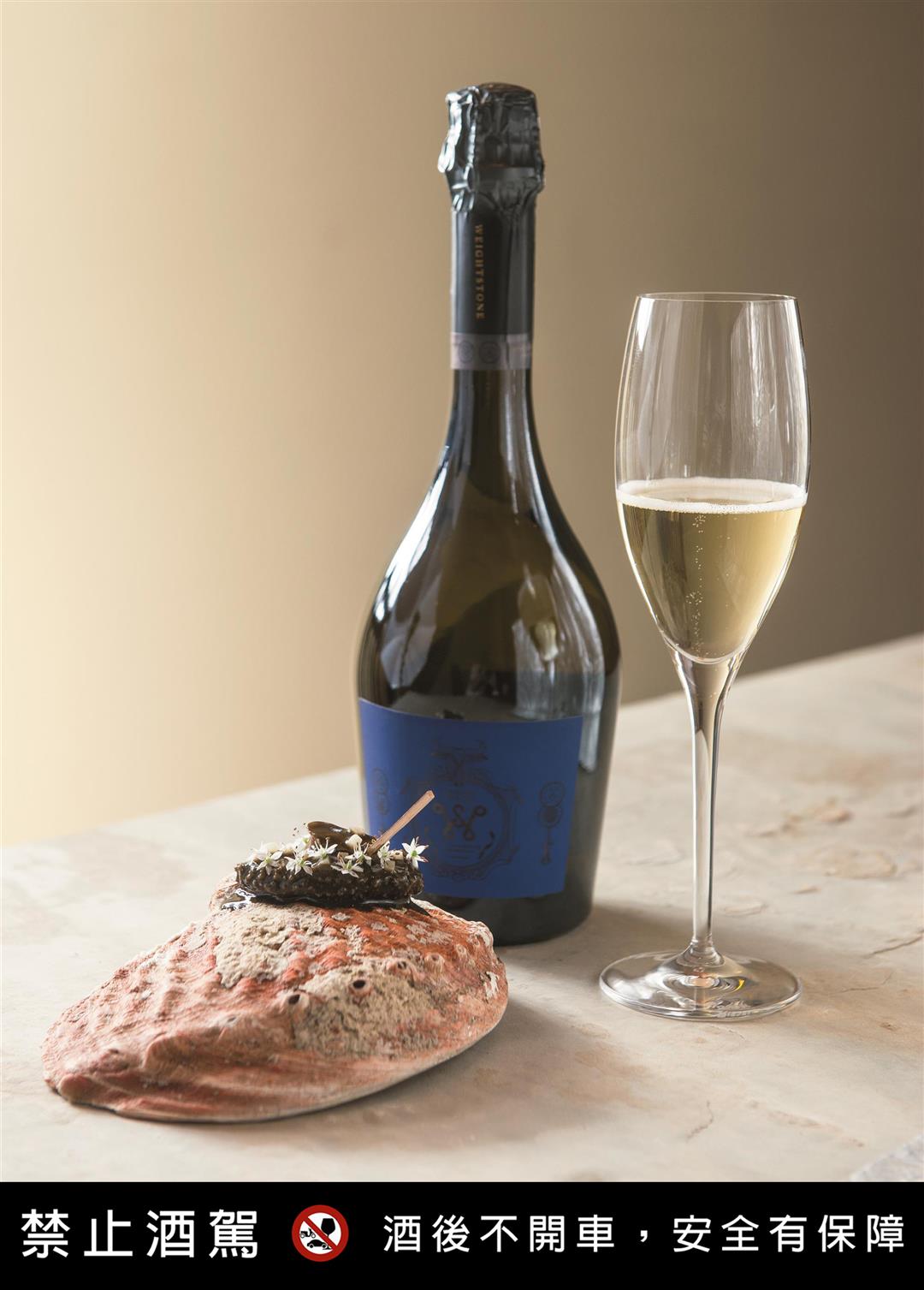Sustainability as giving back
It has never been easy to produce good wine in Taiwan. However, in 2009 the Taichung District Agricultural Research and Extension Station bred a new variety of wine grape, “Taichung No. 3,” later named “Musann Blanc.” This opened the way for the winemaking dream of agribusinessman Ben Yang. Relying on his instincts and passion for grapes and the land, and wanting to give something back to the land and to farmers, he founded the Weightstone Vineyard Estate & Winery.
Vivian Yang, now the operations manager at Weightstone, grew up overseas from early childhood, but was called back to Taiwan by her father to take on this onerous duty. Following the team brought over from California, and starting from a demonstration farm in Puli, she learned practical skills, from cultivation to fermentation to scientific principles, and she also learned to listen to the information nature was giving out and to go with the flow. The main difference between Weightstone and other wineries is their dedication to environmental sustainability. From slopeland water control and soil retention to soil and canopy management, pruning, and harvesting techniques, they took the concepts they had learned and taught them to the farmers who were growing grapes for them under contract, achieving the goal of giving something back to farmers.
Weightstone’s careful cultivation has enabled the sugar content at harvest of its Musann Blanc grapes to rise from 15.5° Brix in 2013 to 20° this year. The steady year-by-year improvement surpassed the sweetness levels of most wine grapes, which hover around 14‡15°. This promising new variety can be made into a still dry wine that has surprised many people.
Another area in which Weightstone has tried its hand is in using the high acidity of Golden Muscat and Black Queen grapes to make sparkling wine, which needs extra acidity. Although the traditional method of making sparkling wine is not easy, and the towering reputation of French champagne sets a high bar, fortunately the resulting product won over many sommeliers, allowing Weightstone to become one of the few Taiwanese wines to be found in high-end restaurants.
Vivian Yang says: “Besides climate and the land, people are also very important.” In the Weightstone Winery we see not only the possibilities for Taiwanese winemaking, but also a classic example of man and nature working hand in hand.

Whiskies from the Nantou Winery’s “Omar” range.

Kavalan’s unique cask firing technique activates the oak casks to bring out the flavors that the distillers want to emphasize.

Weightstone’s operations manager Vivian Yang, who returned home to Taiwan to make wine, works in the vineyards herself, saying, “Now I know why my father loved Taiwan so much.”

Another area in which Weightstone has tried its hand is in using the high acidity of Golden Muscat and Black Queen grapes to make sparkling wine, which needs extra acidity. Although the traditional method of making sparkling wine is not easy, and the towering reputation of French champagne sets a high bar, fortunately the resulting product won over many sommeliers, allowing Weightstone to become one of the few Taiwanese wines to be found in high-end restaurants.